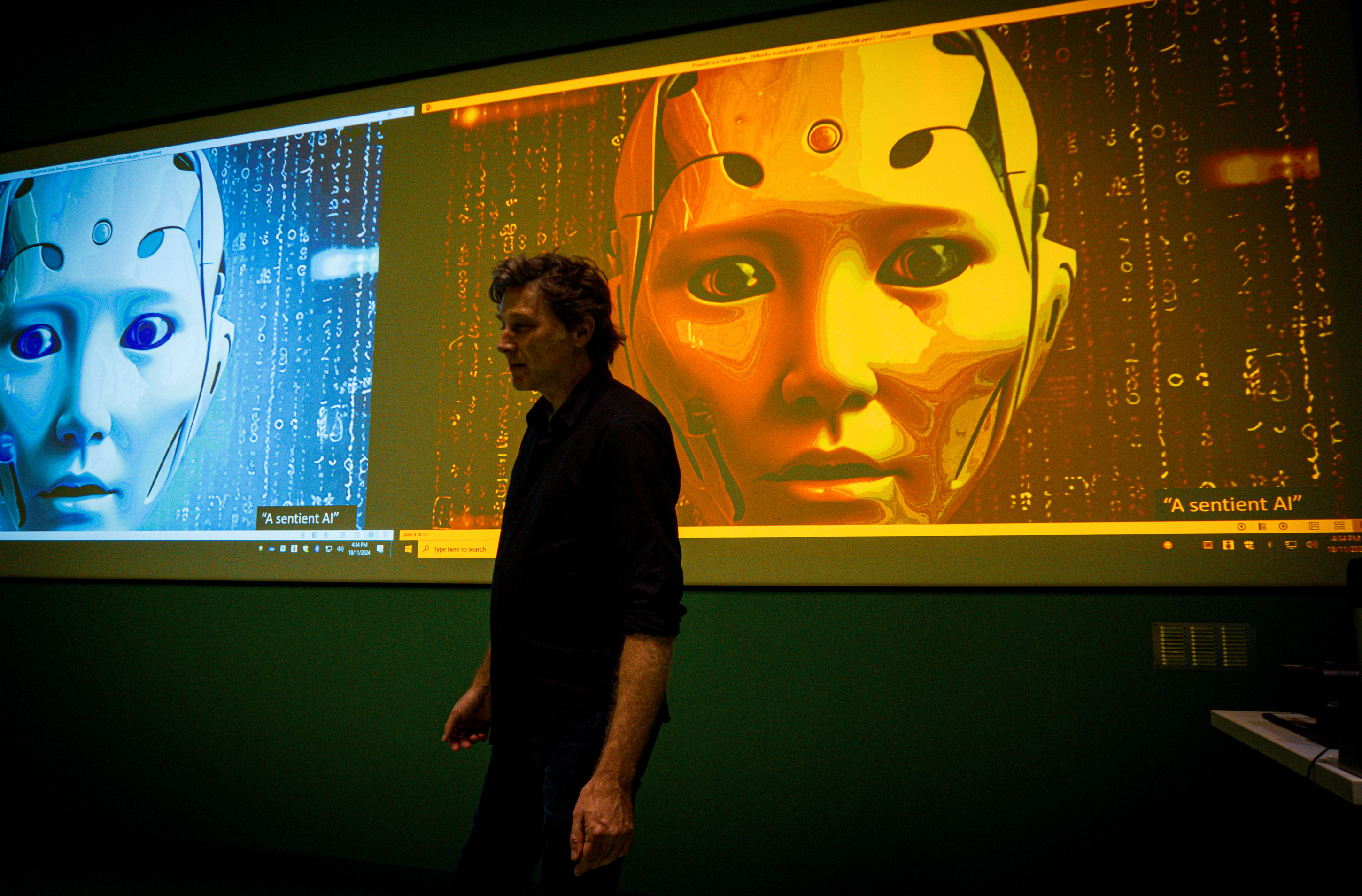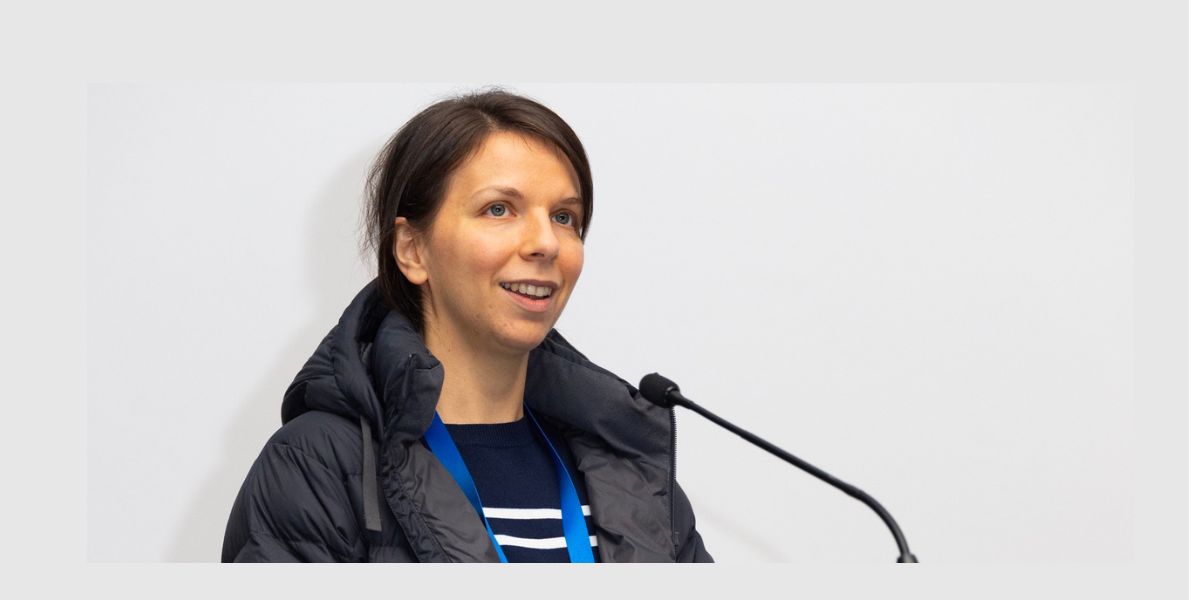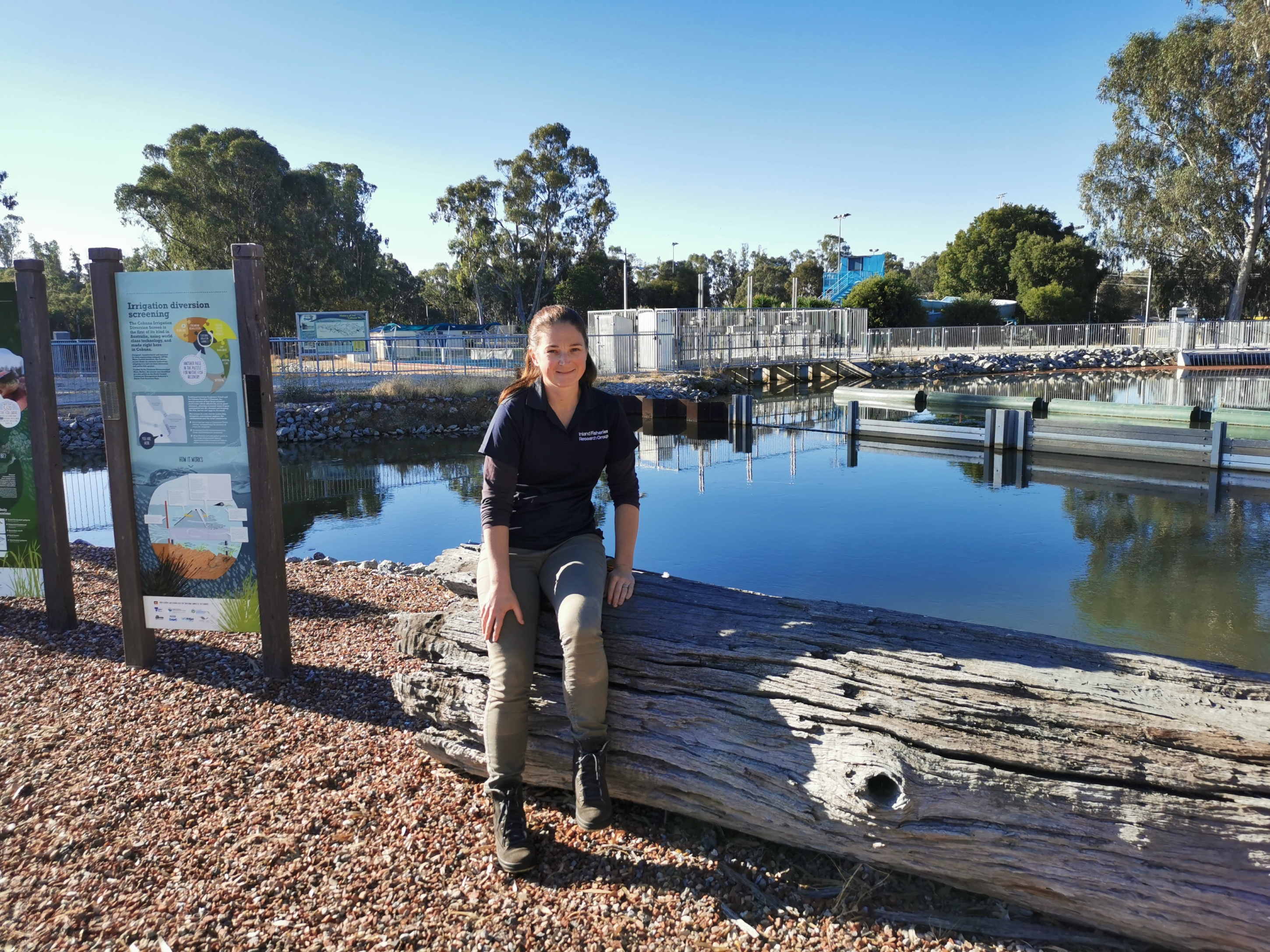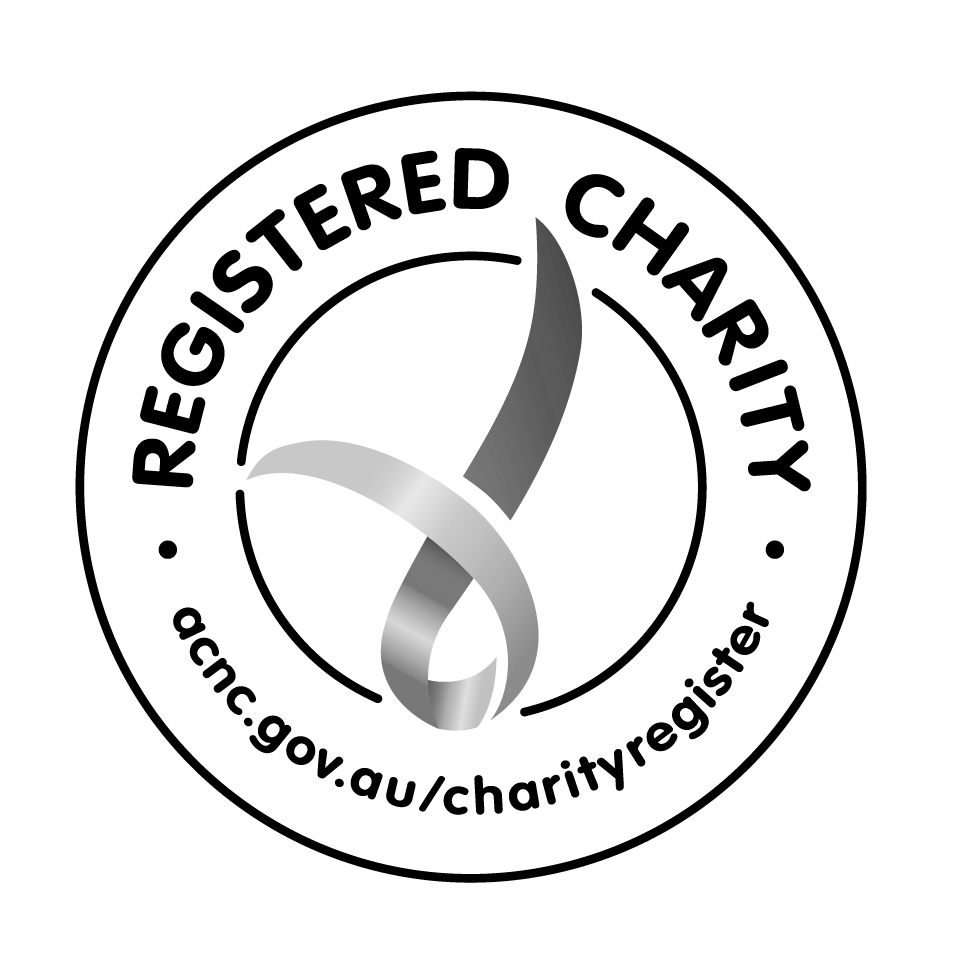Can you describe a specific instance where your research influenced policy decisions, particularly regarding the protection of threatened species at water infrastructure projects?
For context, fish screens at water infrastructure can safeguard fish populations by preventing them from being trapped or diverted away from their natural habitats. In addition, they are increasingly recognised in fisheries regulations and environmental compliance aimed at preserving aquatic biodiversity and supporting fishing industries.
In 2019-2021, I was actively involved in a collaborative research project between CSU (funded by the Ian Potter Foundation) and the NSW Department of Primary Industries (Fisheries) to inform the development of the first guidelines tailored to Australia on fish screening based on scientific evaluations of fish protection screens.
Only limited preliminary laboratory-based data for Australian species was available. Therefore, we had to conduct novel research at FlowLab, Cohuna, Victoria – a purpose-built facility dedicated to screen testing. From our investigations, we developed practical guidelines and specifications for screen design. These guidelines are an important tool for mitigating the negative impacts of water infrastructure on fish populations as they provide water users and decision-makers with the latest information on best practice screening for Australian conditions.
Concurrently, I was engaged by Snowy 2.0 from 2018-2023 to evaluate fish screen effectiveness in preventing pest fish from entering Tantangara Reservoir’s water offtakes. Snowy Hydro Limited received approval in 2020 for constructing Snowy 2.0, expanding hydro-electric capacity in the Snowy Mountains Hydro-electric Scheme. Our research findings informed decision making processes in line with NSW and Commonwealth approvals for Snowy 2.0.
How do you navigate the interface between scientific research and policymaking, particularly in the context of complex projects like Snowy 2.0?
Early collaboration is key. In my experience, one of the main approaches to navigating this interface is the early engagement of specialised personnel through an initial inception meeting (e.g. engineers, scientists, statisticians, and stakeholders in government), then through regular meetings during- and throughout the project to discuss the different aspects of the project.
This also establishes relationships between scientists and those involved in the policy or decision-making process, allowing for knowledge exchanges and co-evolution of the project. Flexibility and adaptation in addressing emerging information or challenges as they arise has been essential. This could only be achieved through collaborating with a multidisciplinary team and having regular communication opportunities.
Working through potentially unexpected results is also crucial. Early discussions with all participants and stakeholders about the implications of these results are important for building credibility and developing effective outcomes. This allows for a proactive approach so the research findings are thoroughly understood and can inform decision-making processes.
Can you walk us through the process of translating your findings into actionable recommendations?
In my experience, the following five steps are critical to drive policy impact:
Step 1: Develop a detailed understanding of existing scientific research through available literature and up-to-date systematic reviews, combined with a thorough understanding of the policy context within which recommendations are to be made.
Step 2: Clearly defined research questions or hypotheses are developed that align directly to overarching policy objectives. This process may also include an economic analysis component in the decision-making process, as some solutions may not be economically feasible.

Photo credit: Kate Read Photography
Step 3: Academic language, statistical analysis, and technical terms should be simplified for easier understanding. Collaborating with partners across different fields (e.g. environmental science, engineering, economics) can ensure information is communicated and translated effectively.
Step 4: Research findings should then advance the understanding of the topic, highlight any research or knowledge gaps, provide context for improvements and, most importantly prioritise actions and recommendations to ensure impact.
Step 5: Be open to providing drafts for revisions and feedback on multiple occasions to the client / policymakers to ensure the research questions align with the potential recommendations and expected policy outcomes.
Your work played a significant role in shaping NSW policy on fish screening. Could you discuss some of the challenges you encountered when engaging with policy processes, and how you overcame them to ensure the protection of biodiversity?
When initially developing the fish screening projects, much of the literature was from overseas studies, with limited empirical data available for Australian conditions. The lack of data, together with the uncertain reliability of published research when applied to Australia, meant there was a need to develop new methodologies tailored to Australian river systems. Additionally, the absence of constructed infrastructure projects, such as Snowy 2.0, posed challenges in testing real-world scenarios effectively. Therefore, much of the research required building specialised testing facilities from the very start, with contributions from engineers, external companies, and international scientific experts in water infrastructure fields.
Another significant challenge was navigating short time frames, which was compounded by the constraints of the COVID-19 pandemic between 2019-2021. Our existing partnerships with water engineers, fish hatcheries and government agencies (e.g. for permitting processes) was invaluable in facilitating project progress.
Did you initially embark on your research with the intention of influencing policy, or did the significance of your findings gradually lead you to recognise the potential for policy impact?
Senior scientists from CSU and the Department of Primary Industries observed around 2012 that there was a need to prevent fish from entrainment at water infrastructure projects and quantified those early losses in their scientific research. This built a platform for me to join the fish screening project around 2019, with the specific role of gathering targeted scientific evidence and information for Australian conditions to aid in the development of fish screening guidelines. In summary, this work identified a knowledge and policy gap and used scientific evidence to improve river operations and protect aquatic species in the Murray-Darling Basin.
In contrast, the fish exclusion work for Snowy 2.0 was directly linked to addressing whether the project could be approved within state and federal legislative frameworks that protect native aquatic species and prevent pest fish incursions (biosecurity risks). Therefore, from the outset, this work was driven by the need for addressing policy needs upfront. However, the previous work on fish protection screens in the Murray-Darling Basin positioned me and CSU as the scientific advisors for testing fish exclusion screens for Snowy 2.0.
Looking ahead, what do you see as the most pressing policy challenges in the intersection of fisheries management and water infrastructure development?
Globally, large-scale river development and water infrastructure projects focus on delivering outcomes for human needs (e.g. hydropower, water security, transportation, economic development) and are rarely planned for environmental benefit. Our work at CSU aims to understand the human demands for water resources and improve the balance between these demands while also considering the environmental values of river systems and their aquatic biota. This can be achieved by scientifically testing new approaches to reducing harmful interactions between water infrastructure and aquatic biota, such as fish protection screens, ‘fish-friendly’ hydropower turbines, fish bypasses. Many of these options are considered globally and are now frequently included within legislative frameworks for building water infrastructure on river systems.
Cover photo image credit: Cameron McGregor
More stories
Protecting against ‘fake news’: A UTS researcher’s experience in informing government’s approach to misinformation
19 November 2024
Meet the UNSW researcher advising policymakers on early intervention to improve children’s mental health
29 July 2024
Charles Sturt University researcher informing policy to protect biodiversity
13 May 2024





